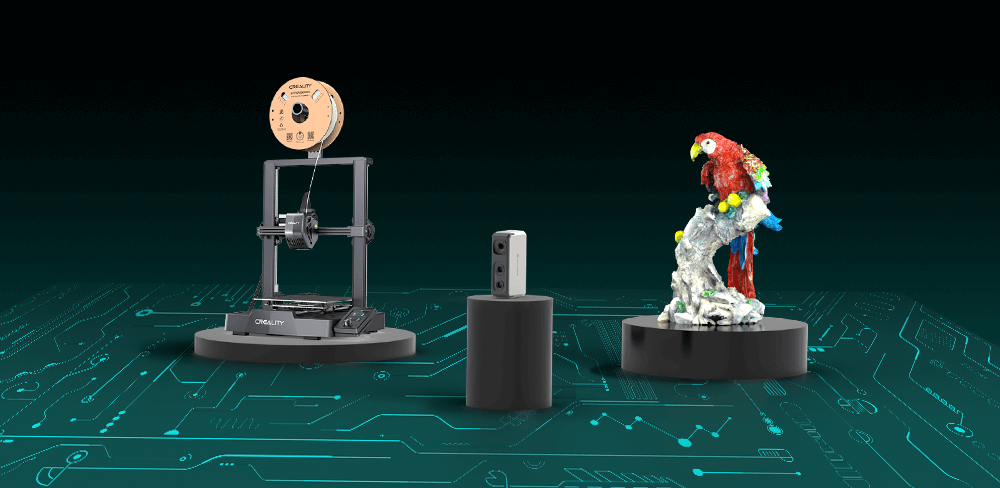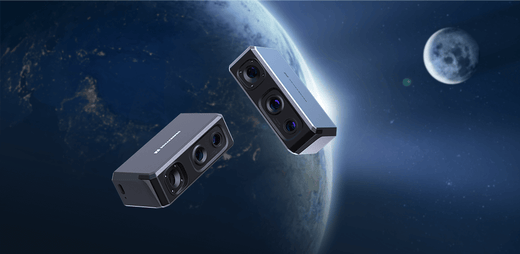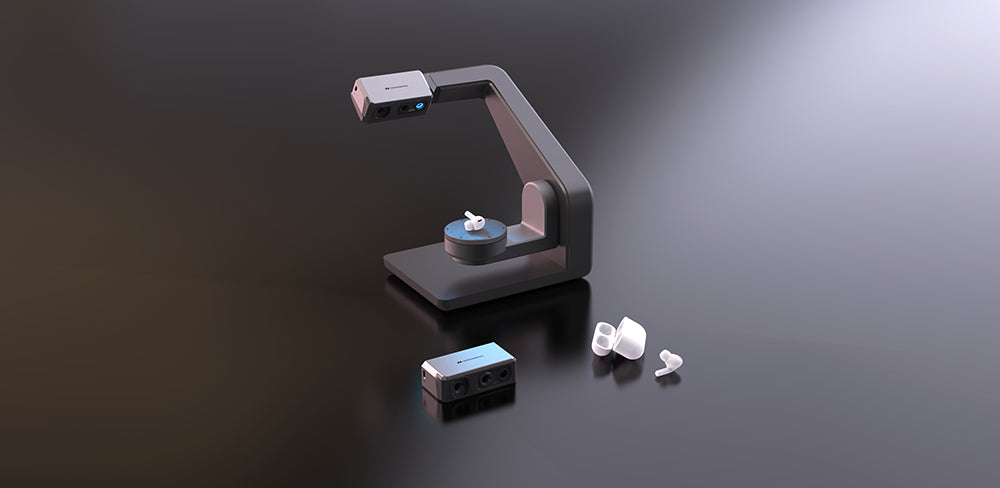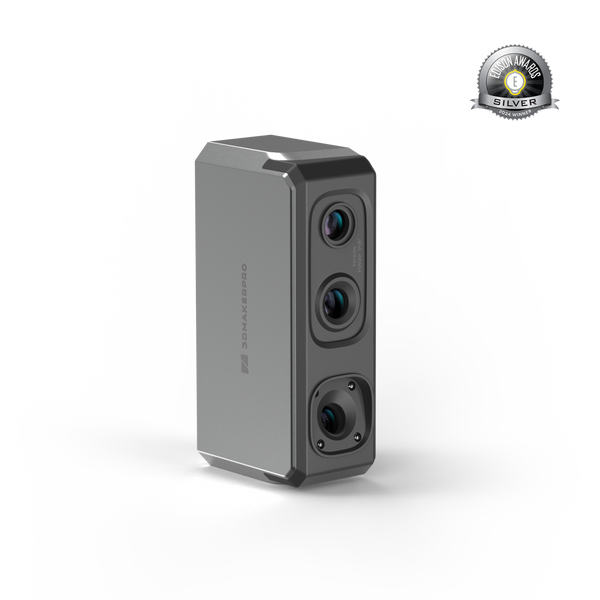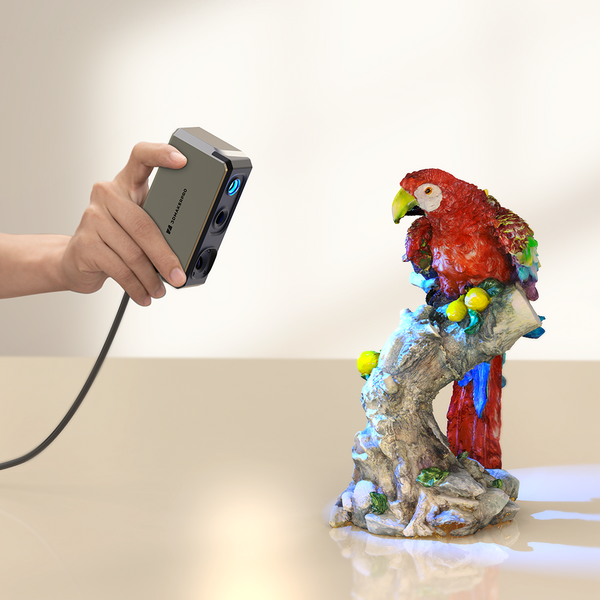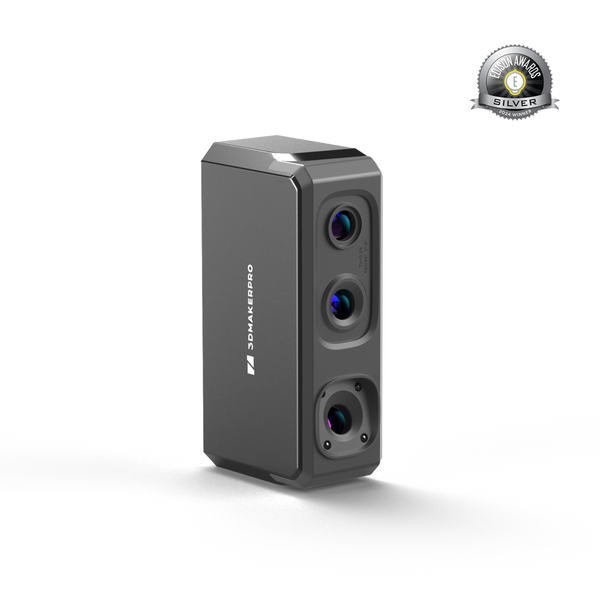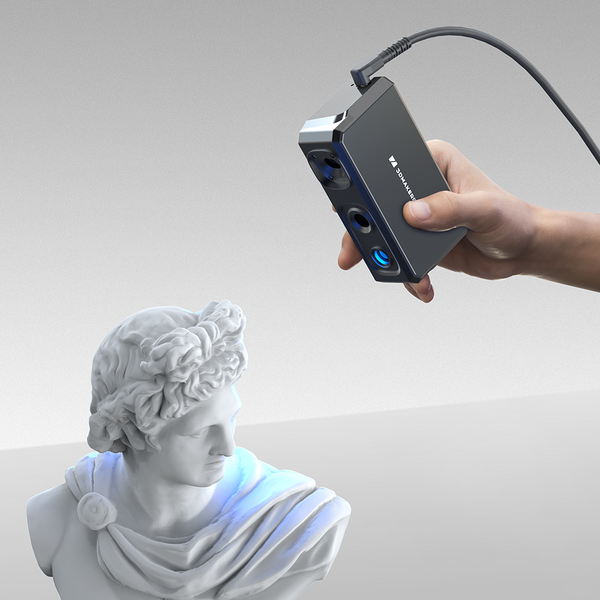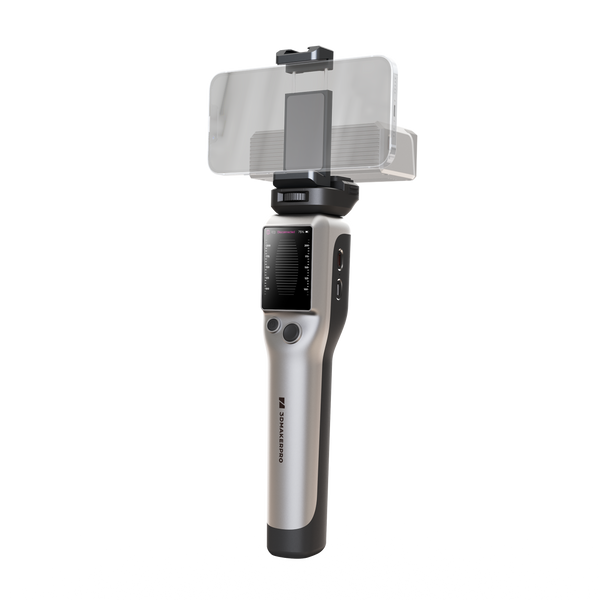3D scan-to-print technology has seen remarkable advancements in recent years, fundamentally transforming industries from manufacturing to healthcare. As we approach 2025, it's essential to explore the evolution of this technology and what lies ahead, particularly regarding accessibility, sustainability, and innovation in the 3D scan for 3D print process.
A Brief History
The journey of 3D scanning began in the late 20th century with rudimentary methods that required significant manual input. Early scanners were bulky and expensive, limiting their use primarily to research institutions and large corporations. However, the advent of more accessible software and hardware has made 3D scan for 3D print technology increasingly prevalent.
In the 1990s and early 2000s, technologies such as laser scanning and structured light scanning emerged, enabling greater accuracy and detail. By the 2010s, the rise of consumer-grade 3D printers spurred interest in the 3D scan applications. Handheld scanners and smartphone apps democratized the technology, making it accessible to hobbyists and educators alike.
3D Scanning Application
a) Healthcare
Custom prosthetics and dental implants are created using precise scans of patients’anatomy. Surgeons can practice complex procedures on 3D-printed models based on actual patient scans, improving outcomes and reducing risks.
b) Manufacturing
Rapid prototyping allows companies to bring products to market faster while minimizing costs. The ability to quickly iterate designs based on real-time feedback accelerates the innovation cycle and enhances competitive advantage.
c) Art and Design
Artists and designers use scanning to create intricate replicas and original works. Museums employ 3D scanning to digitally preserve artifacts, facilitating virtual exhibitions and educational outreach.
d) Construction and Architecture
Scanning technology aids in creating accurate blueprints and models of existing structures, assisting in renovations and restorations.
The integration of AI and machine learning, as exemplified by devices like the Seal scanner, has further enhanced scanning accuracy, enabling real-time adjustments and improvements in the 3D scan workflow.
What's Next in 2025?
As we look to the future, several trends are poised to shape the next phase of 3D scan-to-print technology:
a) Increased Accessibility
The cost of a 3D scan for 3D print technology is expected to continue declining, making it more accessible for individuals and small businesses. With affordable options emerging, we can anticipate a surge of innovative applications across various fields, from education to home crafting. The Seal 3D Scanner boasts impressive accuracy of 0.01 mm and a resolution of 0.05 mm, capturing objects with remarkable precision.
b) Enhanced Scanning Techniques
Advancements in scanning techniques, such as multi-spectral imaging and improved resolution, will enable even greater detail and accuracy. This will be particularly beneficial in fields like archaeology and medicine, where capturing intricate details is crucial. Enhanced scanning methods will also reduce the time required for scanning, making the process more efficient. The Seal scanner operates at a frame rate of 10 fps and utilizes AI visual tracking to maintain accuracy.
c) Integration with Augmented Reality (AR)
The fusion of 3D scanning with AR technology will revolutionize our interaction with scanned objects. Imagine visualizing a scanned model in real-time within your environment, enhancing design and educational experiences. For instance, interior designers could overlay virtual furniture in a physical space, allowing clients to visualize changes before committing. The Seal 3D Scanner supports color texture and operates with blue light for detailed scans.
d) Sustainability in 3D Printing
As sustainability becomes a priority, future 3D printing technologies will focus on using eco-friendly materials. Innovations such as biodegradable filaments and recycled plastics will gain traction, impacting the 3D scan for 3D print process. Scanning techniques will evolve to accommodate these materials, promoting sustainable practices across industries.
e) AI-Driven Design and Customization
AI will play a pivotal role in the future of 3D scan-to-print technology. By analyzing scanned data, AI can suggest design improvements, optimize structures for strength and weight, and create entirely new designs based on user preferences. This level of customization will empower users to create products tailored specifically to their needs, enhancing overall satisfaction. The compact Seal 3D Scanner, measuring just 110x60x35 mm and weighing only 254 g, is easily portable.
f) Collaboration and Open Innovation
As 3D scan technology becomes more accessible, we can expect a rise in collaborative projects across industries. Open-source platforms may emerge, allowing creators to share designs, techniques, and innovations freely. This collaborative spirit will foster a vibrant community of makers, driving further advancements in technology.
The evolution of 3D scan for 3D print technology has been revolutionary. As we approach 2025, the landscape promises even more exciting developments, from increased accessibility and advanced techniques to the integration of AR and AI. The introduction of sophisticated tools like the Seal 3D Scanner underscores this progress, enhancing precision and flexibility in scanning applications. These innovations will not only enhance existing applications but also pave the way for new possibilities across industries. The future of 3D scanning is bright, and we can look forward to a world where creativity and technology converge in unprecedented ways, transforming how we design, create, and interact with the physical world.


